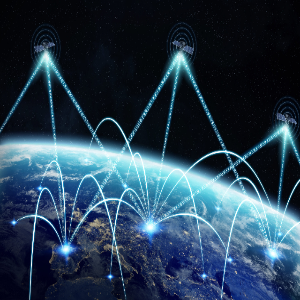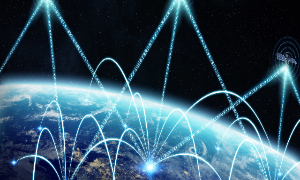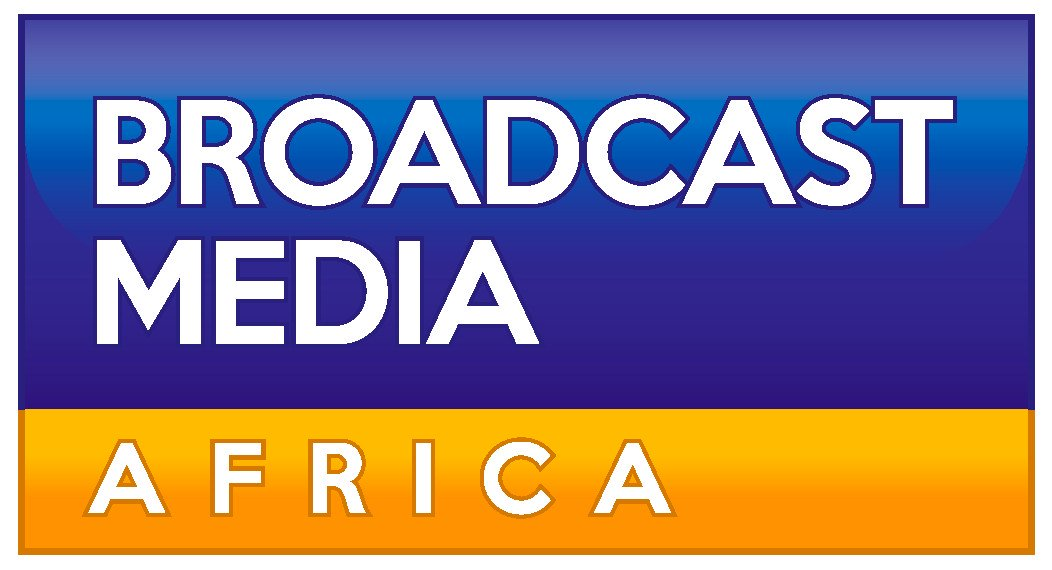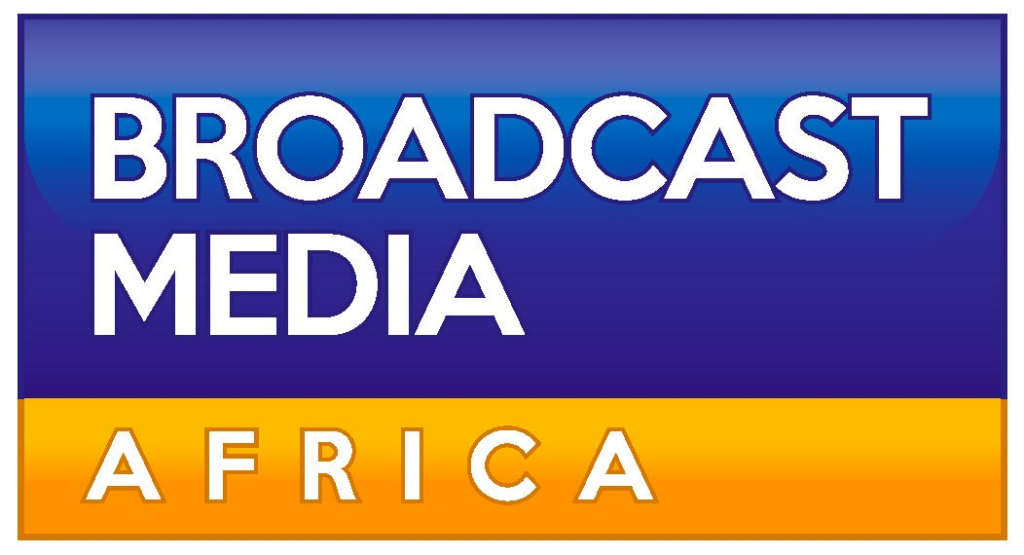
After a recent visit to China, South Africa’s Communications Minister Solly Malatsi announced that his delegation explored satellite broadband options with South Africa’s trading partner. The delegation, which included members from Malatsi’s department, focused on enhancing digital collaboration between the two nations to further South Africa’s digital transformation.
Malatsi highlighted discussions with the China Satellite Network Company (CSNC), a state-owned enterprise that aims to provide a service akin to Elon Musk’s Starlink. “During our talks with CSNC, we examined satellite broadband solutions aimed at overcoming last-mile connectivity issues in rural and underserved areas,” the minister stated. “This aligns with our national goal of closing the digital divide and ensuring equitable access to essential services.”
Established in 2021, CSNC plans to deploy and operate a massive 13,000-satellite broadband constellation. According to Space News, China previously filed spectrum allocation requests with the International Telecommunications Union to build two low-Earth orbit (LEO) constellations comprising about 12,992 satellites, as well as several sub-constellations situated 500 to 1,145 kilometres above the Earth.
LEO satellites offer advantages like lower latency and higher bandwidth compared to geostationary satellites, which orbit over 30,000 kilometres above the equator. Several companies, including SpaceX with its popular Starlink service, are already leveraging LEO technology to improve Internet connectivity in rural regions. Starlink serves over 5.3 million customers worldwide.
While nearly 99% of South Africa is within LTE coverage, many in rural communities find accessing the Internet via mobile devices prohibitively expensive. A recent Independent Communications Authority of South Africa (Icasa) report indicated that only 14.5% of the population has a fixed Internet connection.
In addition to satellite broadband discussions, Malatsi’s delegation also engaged with Chinese tech companies like Huawei and Honour to form partnerships aimed at increasing students’ and entrepreneurs’ access to smart devices. Malatsi participated in both the 2025 World Artificial Intelligence Conference and the High-Level Meeting on Global AI Governance in Shanghai.
Most South Africa’s neighbours can legally access Starlink, with Namibia expected to start services shortly. Despite being one of the first countries on Starlink’s list for rollout, South Africa hasn’t yet been able to launch the service due to stringent local ownership rules for telecommunications licenses. Consequently, South Africans have watched Starlink expand to several other African nations starting in early 2023.
By the end of 2023, Starlink was operational in eight African countries, including Nigeria, Malawi, Mozambique, and Kenya. The service’s expansion accelerated in 2024, growing to 18 countries, including Madagascar and Sierra Leone.
In 2025, three new African countries—Niger, Liberia, and Lesotho—joined the Starlink network, with the expectation that 18 more will follow. Countries citing affordability and accessibility concerns play a significant role in allowing Starlink to operate. For example, in January 2024, South Sudan recorded only 1.36 million Internet users, reflecting one of the lowest penetration rates globally at just 12.1%.
With very limited connectivity, satellite services like Starlink have become increasingly attractive, as illustrated by Somalia’s recent decision to grant the company an operating license despite ongoing civil unrest.


















